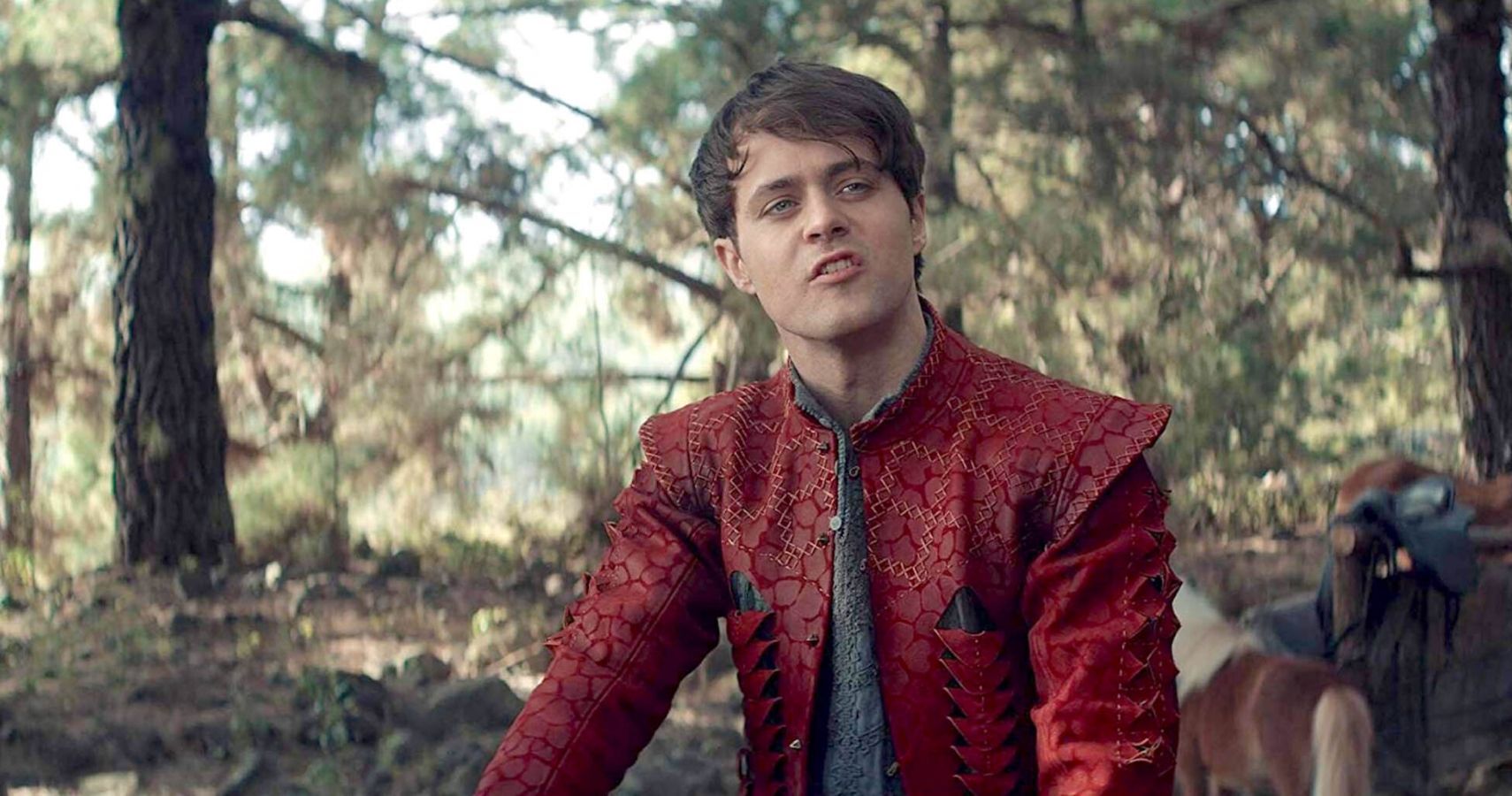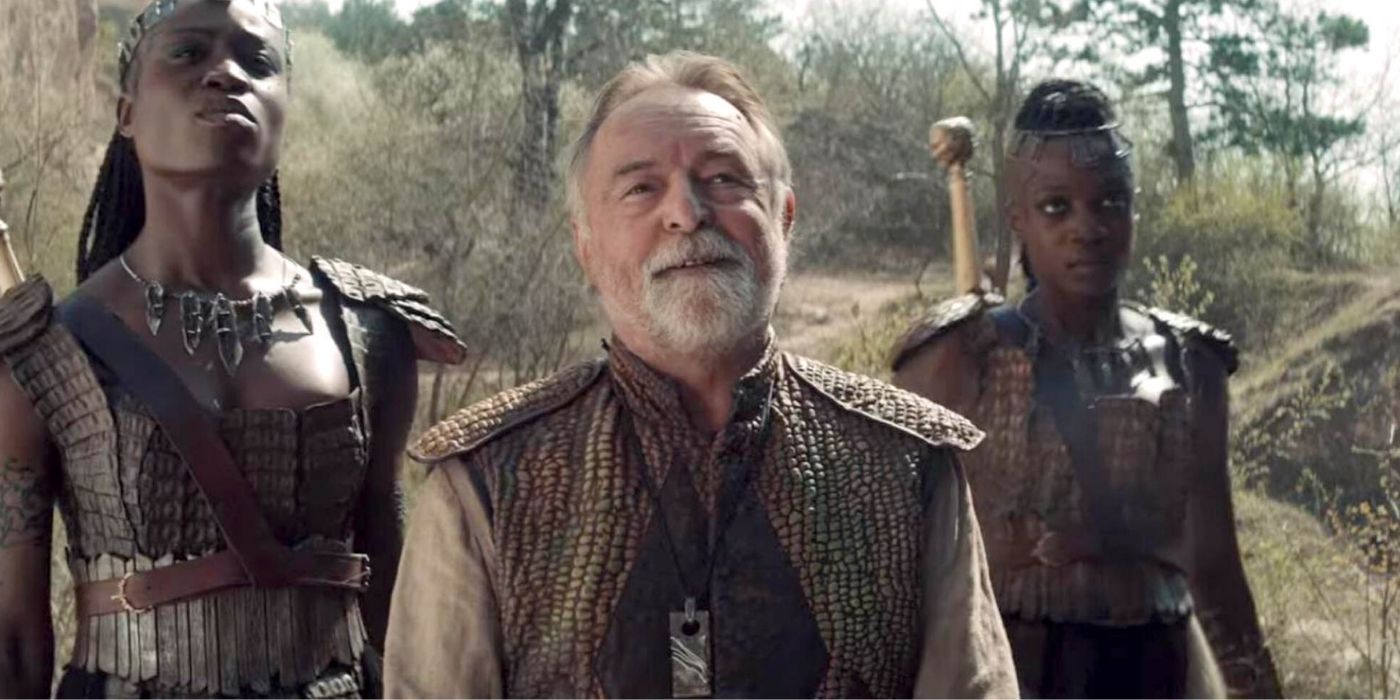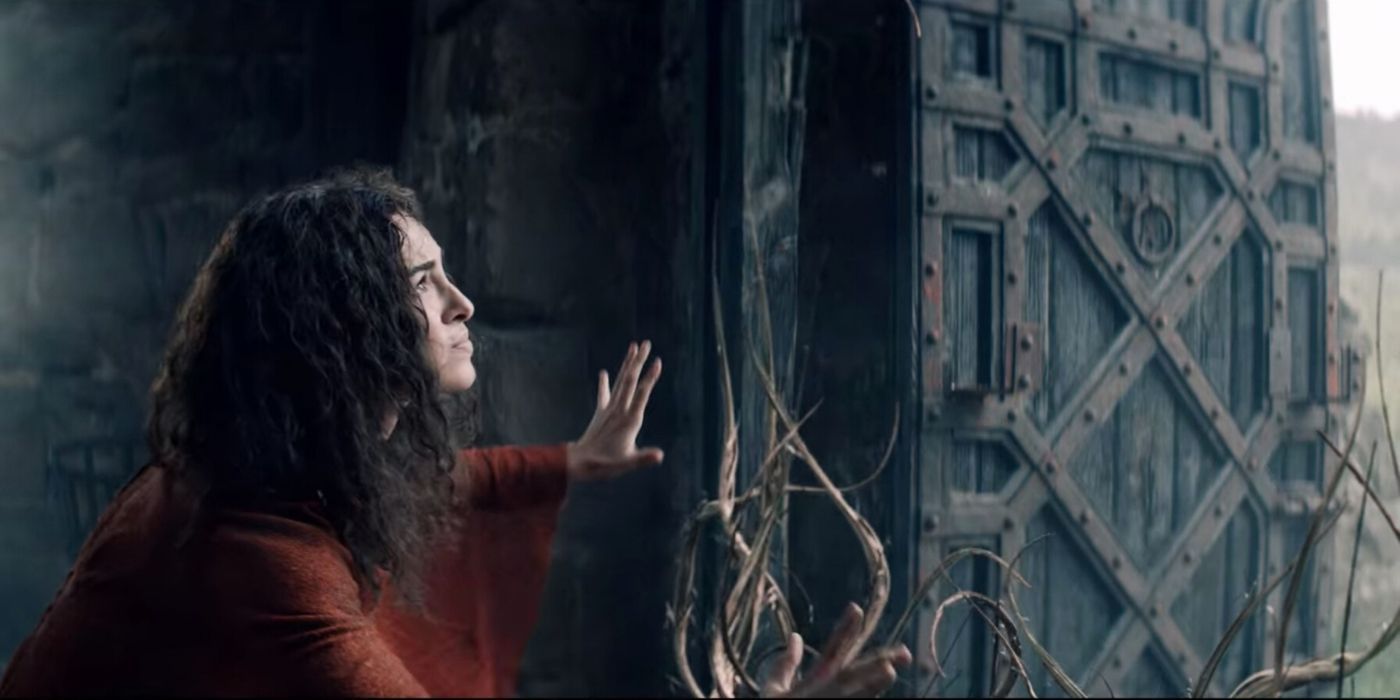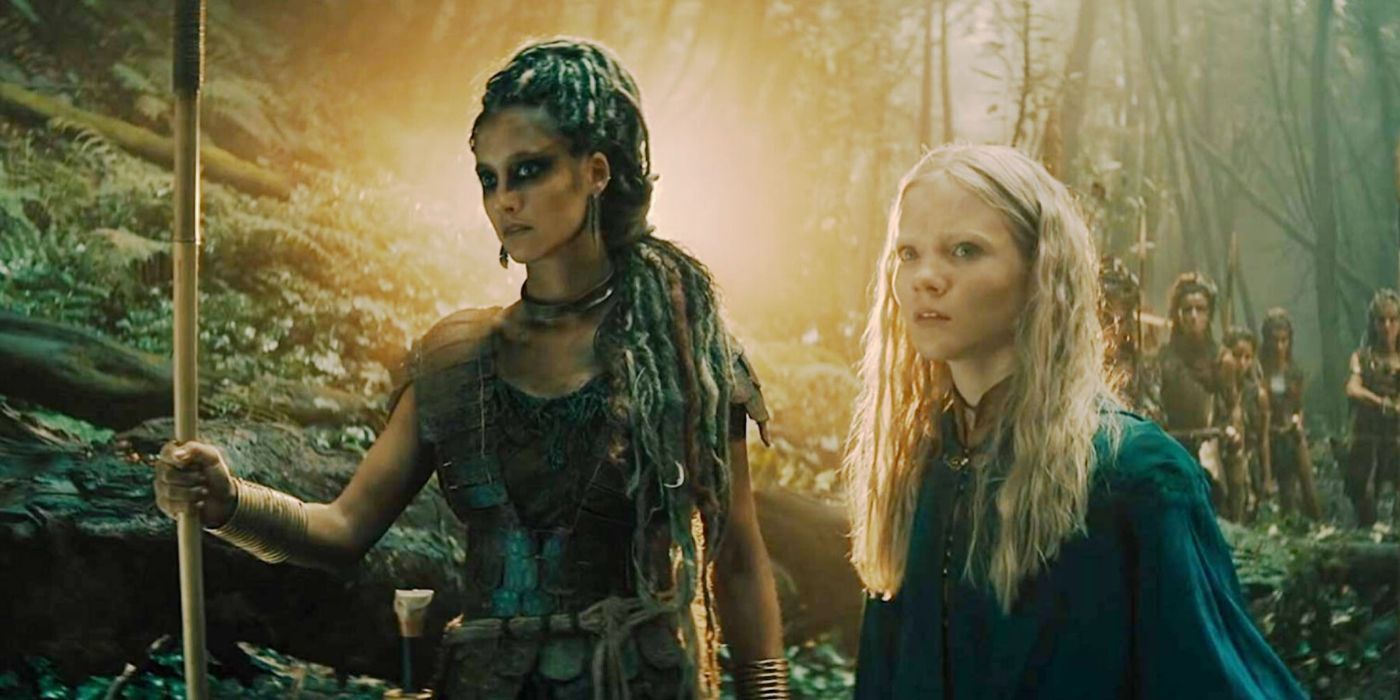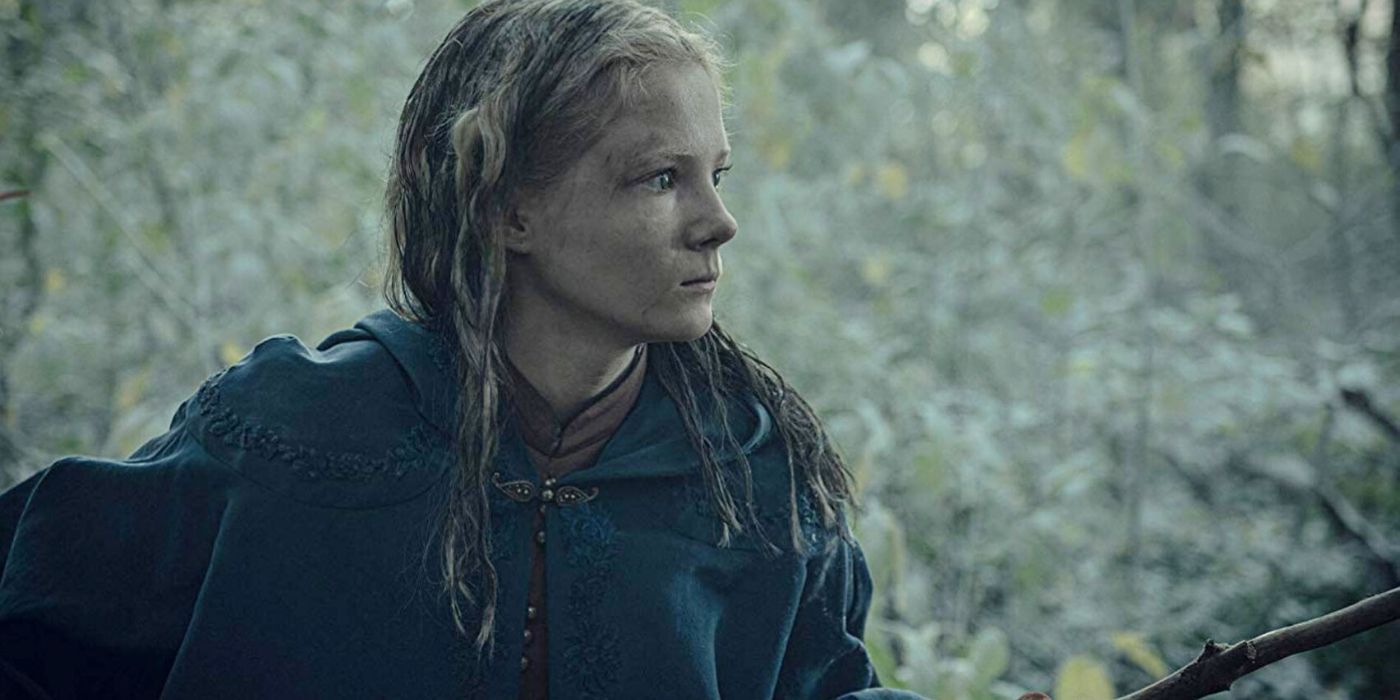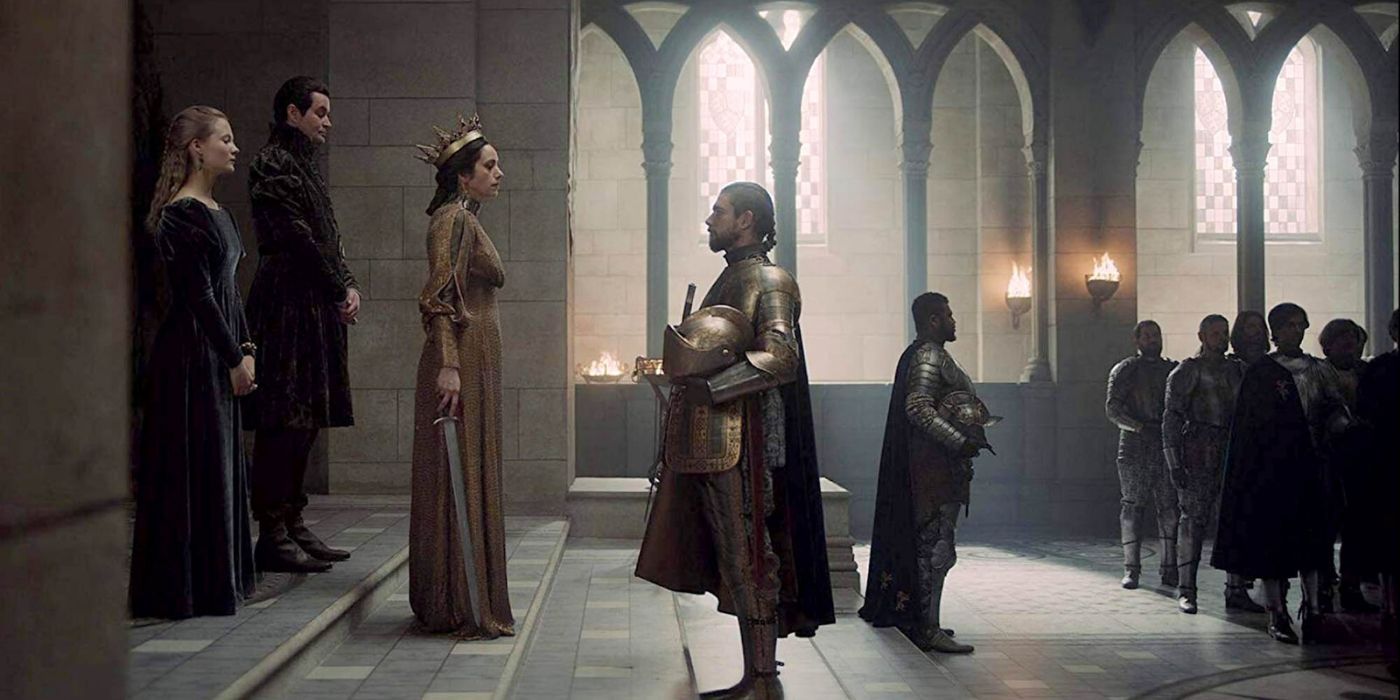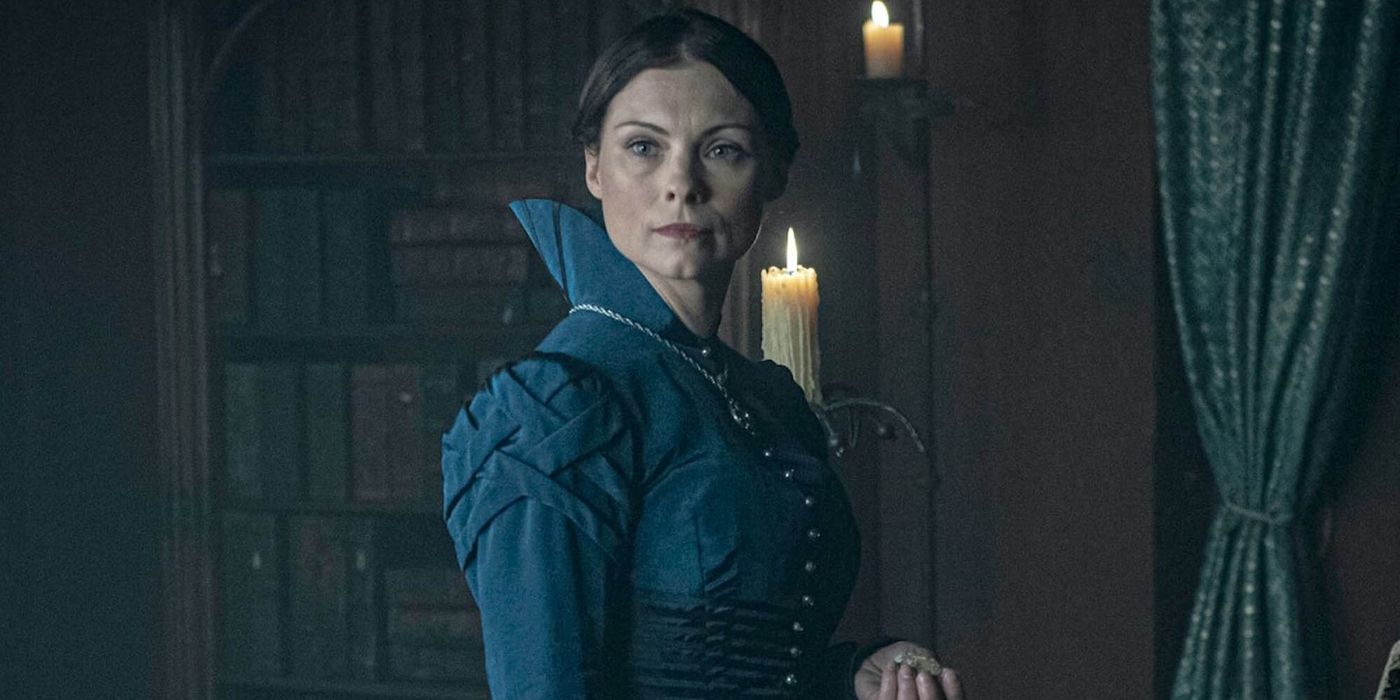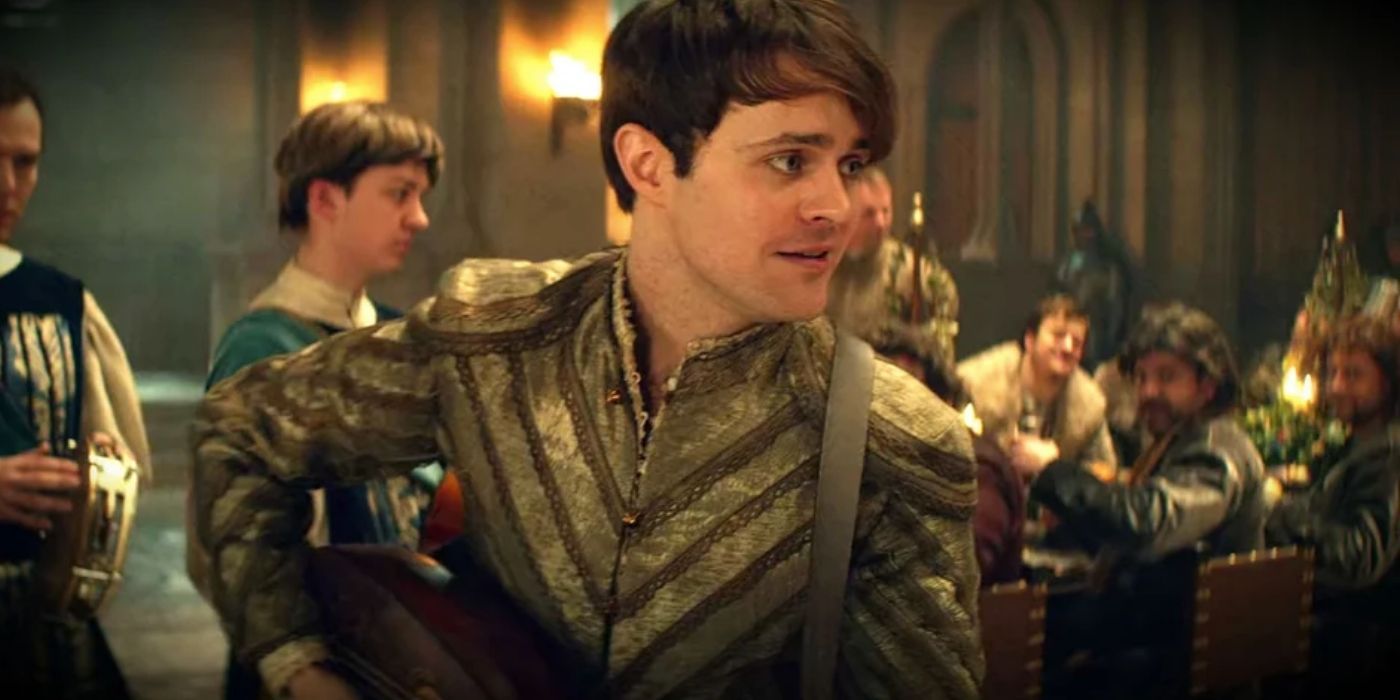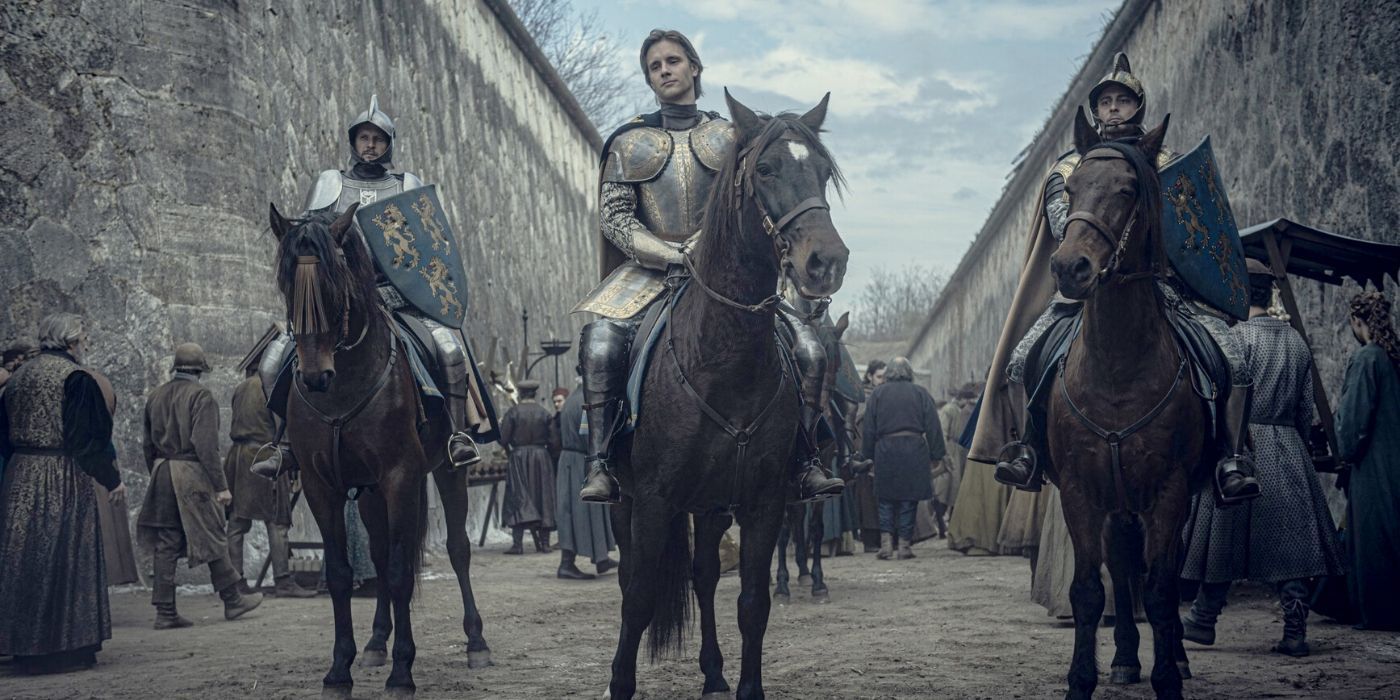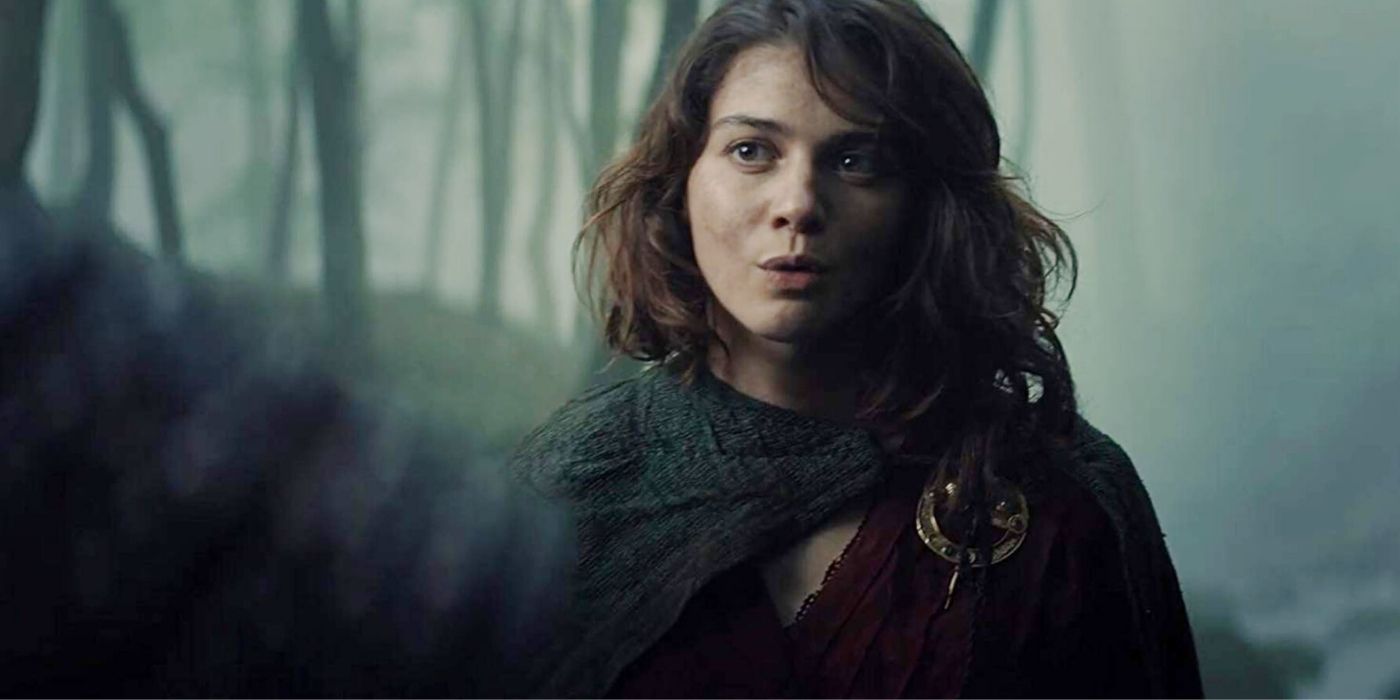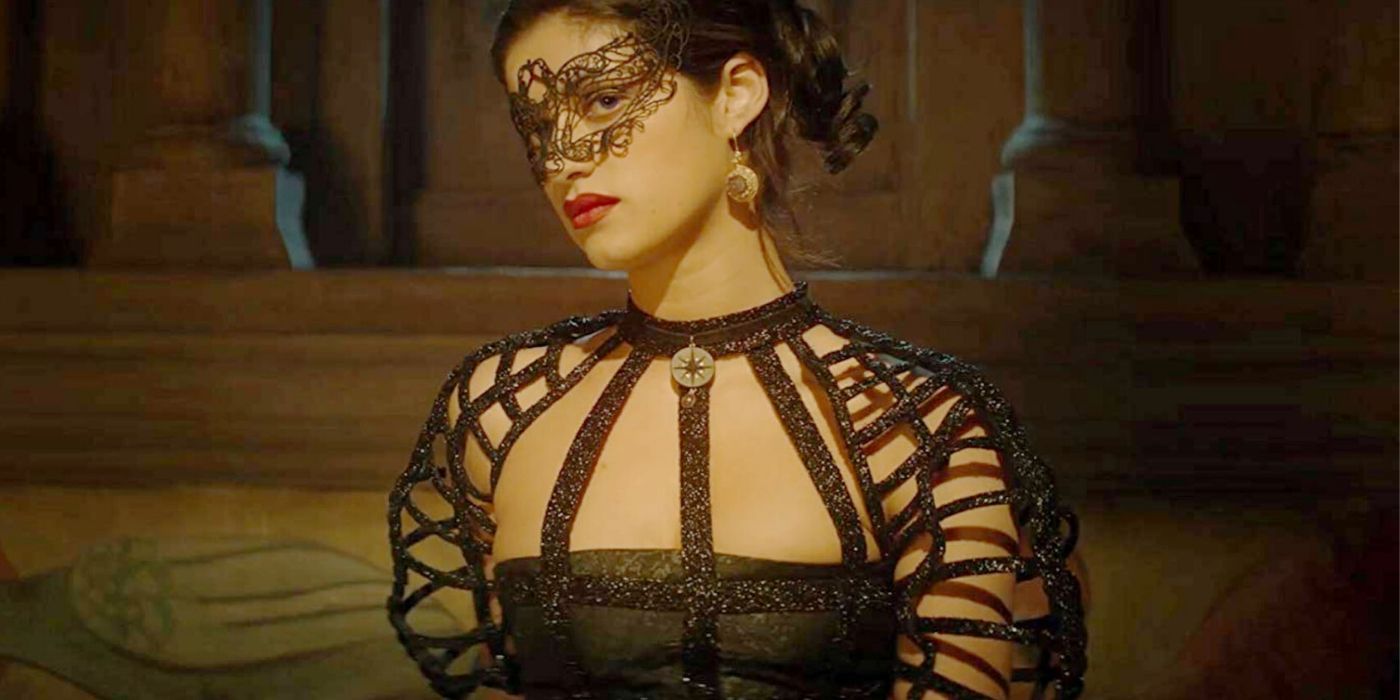The Witcher on Netflix has managed to succeed where other adaptations fail: it satisfies fans of the source material while simultaneously accumulating an entirely new group of followers. The show, which premiered in December of this past year, is the latest in a string of hit productions for the streaming service, and around the globe individuals eagerly await Season 2.
Helping to bring the world of The Witcher to life is the costume department, headed by Tim Aslam, who designed and constructed the multitude of outfits worn by the characters throughout the show. In a celebration of their efforts, here are 10 Hidden Details You Missed In the Costumes of The Witcher.
Borch Three Jackdaws is Covered in Scales
Borch Three Jackdaws is a character that is introduced in episode six of the series, "Rare Species." First appearing with his two companions from Zerrikania, he enlists the help of Geralt of Rivia in order to help him slay a dragon that has been spotted nearby. After an initial refusal, the Butcher of Blaviken relents and joins the quest, only to witness Borch plummet off a mountainside to his presumed doom. At the end of the episode, however, it is revealed that not only did he survive his rocky tumble, but he is actually a golden dragon in disguise (Real name: Villentretenmerth). The costume department chose to incorporate this transformation into his human clothing, covering the outer layers of his outfit with scales, hinting at his true identity from the first moment he appears on-screen.
Triss Merigold's Floral Fashion
Sorceress Triss Merigold makes recurring appearances throughout the course of the season. She initially meets Geralt in episode three, "Betrayer Moon," and goes on to join Yennefer and her fellow mages for the climactic battle against Nilfgaard in episode eight. During the attack, Triss calls upon the powers of nature, summoning poison mushrooms and enchanted vines in an effort to hold off the advancing forces. Throughout the fight, she is wearing a red dress, which designer Tim Aslam created with her flora-centric magic in mind. Only glimpsed briefly, her costume is detailed with a number of auburn leaves, a physical representation of her plant-based abilities.
The Dryads are All-Natural
In episode four, "Of Banquets, Bastards and Burials," the audience is introduced to the all-female forest dwellers: the Dryads. In this episode and the one that follows, they provide Princess Ciri with shelter and allow her a brief reprieve from her journey following the fall of Cintra. As inhabitants of the forest of Brokilon, the Dryads rely on natural materials to construct their garments, and in order to translate this to screen, the costume department turned to nature for inspiration. Real tree bark, leaves, and other plant materials were incorporated into the Dryad armor, with some costumes even sporting (imitation) human bones.
Ciri and Her Costume Journey
Starting off the series as a princess and then spending the majority of the season running for her life, Ciri completely transforms as a character and the wardrobe that Tim Aslam designed for her is a reflection of this. Following her escape in episode one, she spends the remainder of the season in the same costume, which slowly becomes just as disheveled and untamed as the princess herself. The costume department wanted her clothes to represent her regal status, while still being functional for traversing the countryside. For example, instead of a skirt, Ciri wears wide pants that suggest the elegance of royalty, while remaining practical for escaping the many perilous situations she encounters.
Queen Calanthe is Always Armed
The Queen of Cintra and grandmother to Ciri, Queen Calanthe quickly emerged as a fan favorite due to her no-nonsense attitude, quick wit, and proficiency on the battlefield. The monarch is as skilled wielding a sword as she is at court politics, often choosing to lead her armies into battle instead of issuing commands from the backline. Keen observers of the series will note that even when dressed in her more fanciful costumes, she still keeps a blade at her side, ever-ready to defend her subjects from those who would wish to do them harm.
Tissaia and Her Structured Sorcery
Tissaia de Vries arrives on screen in episode two, "Four Marks," appearing at the farm Yennefer lives on and purchasing her for less than the price of a pig. From her introduction, Tissaia radiates power and prestige, and this is reinforced by the costumes Tim Aslam designed for the character.
Architectural elements are incorporated into her outfits in an effort to visually signify her authority as the Rectoress of Aretuza, a high-profile position that provides her with dominion over the next generation of female mages. Structured bodices and high collars are used to remind both the characters and the audience that Tissaia is in charge, and she knows it.
Jaskier Dresses For the Occasion
Jaskier the Bard joins Geralt on his journey in episode two and following an escape from some displaced elves, the pair manage to forge a unique bond. In episode four, Geralt and Jaskier attend a banquet in Cintra, where eagle-eyed fans may spot that the bard has tailored his outfit for the occasion. Sporting a green and gold ensemble, the costume designers have Jaskier dressed in tones that not only compliment the kingdom that he is performing in but directly mirror the color palette worn by Princess Pavetta in the same scene.
Sir Lazlo: The Other Lion of Cintra
Queen Calanthe, known across the land as "The Lion of Cintra," has her chosen symbol incorporated into many of the costumes she wears through the season, both in and out of battle. The Queen isn't the only member of the royal court, however, to sport this feline emblem of ferocity.
Sir Lazlo, who assists Ciri in escaping during the sack of Cintra, has the lion interwoven into his clothing as well, most prominently featured on the cape he wears over his armor. Not only is this a visual signifier of his loyalty to Cintra, but a physical embodiment of his personal loyalty to the Queen.
Renfri and her Hidden Broach
Princess Renfri is one of the first characters introduced to the audience and is a prominent figure in episode one. In her time on the show, she educates Geralt on her backstory, seduces him, then fights him in a one-on-one duel. Banished from her homeland, the undercover princess still carries a token of her past; the broach seen on her costume is fashioned after the symbol for Creyden, the kingdom she was originally born in. This attention to detail is a testament to the amount of effort that Tim Aslam and the rest of the costume team put into researching the lore of the source material.
The Transformation of Yennefer
Yennefer, the hunchback-turned-sorceress undergoes the biggest transformation of the series, both physically and mentally. Over the course of eight episodes, she unlocks the talents she has always possessed, growing more confident, resilient, and powerful with each appearance. The costume department, like with Ciri, wanted to feature this journey, and her outfits evolve alongside the character that wears them. At the outset of her story, she appears in what is essentially a sack, complete with a low collar which emphasizes her jaw abnormality. As Yennefer grows as a character her styling choices shift accordingly, showcasing her newfound courage and self-worth.

